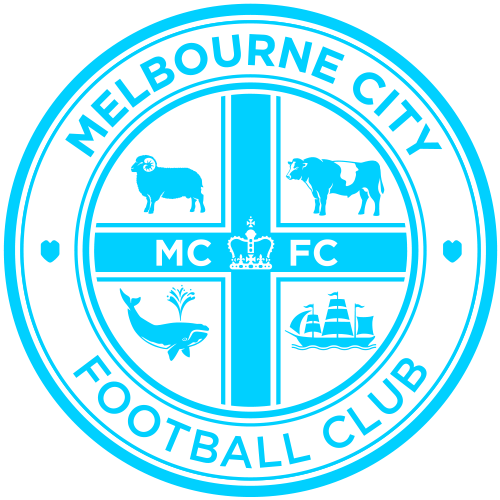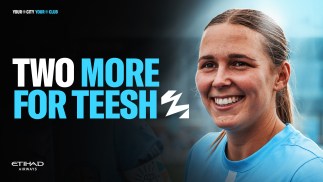Melbourne Heart FC Assistant Coach Gerard Nus provides us with some insight in to the routine involved on A-League match-days.
Melbourne Heart FC Assistant Coach Gerard Nus provides us with some insight in to the routine involved on A-League match-days.
The day of the game is a very different day of the week. Players and coaches are used to waking up at 7am, heading straight to training and most of their work being finished by the early afternoon.
But on match-day, it-s a completely different routine. Some matches are at 3pm, but some can be at 7pm at night. It-s a much longer day you need to keep your energy conserved.
Each player is left to do their own thing on match-days where we play at home, with players arriving at the stadium between two hours and an hour and 45 minutes before kick-off.
Once everybody has arrived we have a meeting in the AAMI Park theatrette, where the head coach has a chat to the players about the game-plan, the line-up and then a powerpoint presentation of all the situations to look out for in that game.
In terms of set pieces, we decide to print out a piece of paper with all the set piece duties marked out, so the players can see what their responsibilities are at any time.
After that the players get changed and make their way out on to the pitch about 30 minutes before kick-off to start the warm-up. The goalkeepers though usually go out a few minutes before, as their warm-up is a lot different to the outfield players.
We have a protocol of warming up before a game that like to repeat. Of course sometimes there might be some minor changes, if it-s a hot day for instance we might do a shorter warm-up, but we never make any major changes.
After the warm-up it is usually about 10 minutes before we have to walk out on the pitch, and the players go back in and get ready before the head coach has a final word.
All the major things have been covered earlier in the day or in training during the week, so the final talk from the head coach is usually just to pump up the players before they walk out and keep them focused.
When the game kicks-off there is only so much you can do from the sidelines but we have to analyse everything, what we are doing well, what we are doing not so well and keeping a close eye on the opponents strengths and weaknesses.
At around the 25 minute mark the fitness coach takes the substitutes to do a warm-up, just to make sure the players are switched on incase there are any injuries and we need to make an immediate change.
At half-time we let the players take a few minutes to calm down in the change rooms, while the head coach and myself talk with our analysis coach who looks at the game from a higher level at the ground, and may see things that we can-t on the ground level.
The head coach has a quick chat, keeping the players focused on their job at hand, and we may have an individual chat with a few players if we feel it is necessary.
When the second-half starts a major thing we have to think about is substitutions. We need to analyse a number of factors such as; players fitness levels, the tactics of the other team, the minute of the game, the score and obviously the players we have at our disposal.
Once the head coach decides to make a substitution, I run through the players position and duties and then hand a piece of paper with the players numbers on the back to the fourth official.
We do not like to make substitutions before set-pieces as well, as a player may take some time to get himself in to the game and we prefer not to risk that possible moment of confusion.
When the game finishes we do not like to say many things, even after a loss or a win. We let the players get showered and dressed and just remind them of the next day-s recovery. Normally we already have a set plan that was made in advance, but depending on injuries or the result we may tweak a few things.





